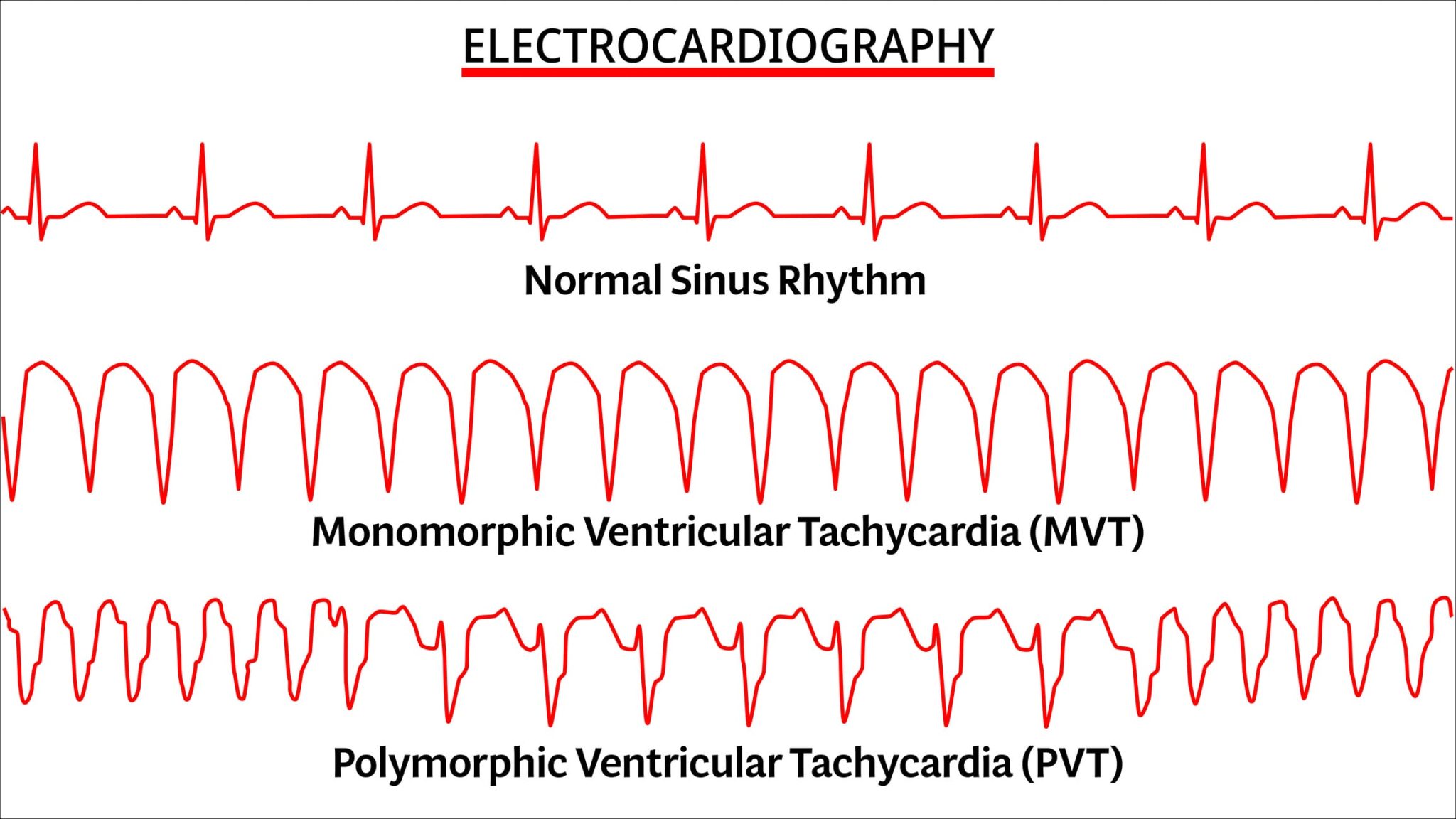

When your heart is beating too fast, it is called tachycardia. For healthcare providers, knowing how to respond is key. The Tachycardia ACLS (Advanced Cardiovascular Life Support) Algorithm is a step-by-step guide with clear instructions for managing patients with a rapid heart rate. This is a really useful protocol for reviewing the American Heart Association (AHA) which will be issuing revised guidelines in 2025.
This guide breaks down the existing algorithm to help you grasp more clearly whether you’re a doctor or just interested.
Tachycardia refers to a heart rate over 100 beats per minute (bpm). Although it’s normal for your heart rate to rise during exercise or stress, persistent tachycardia at rest can be dangerous. It can stop the heart’s chambers from filling, decreasing blood flow to the rest of your body.
The ACLS algorithm assists physicians to perform rapid assessment, diagnose cause, and offer correct treatment. Using the ABCs — Airway, Breathing, and Circulation — the first thing is always to evaluate the patient, administer oxygen as required, and test for vital signs.
The most critical thing in the Tachycardia Algorithm is whether the patient is stable or unstable. Ultimately, this decision is the basis for all other treatment.
A patient is unstable if they have significant signs/symptoms concerning the fast heart rate. Serious symptoms would indicate the patient lacks control over these events. These include:
If a patient is unstable, the next resort is synchronized cardioversion. This technique delivers a timed electrical shock to the heart to restore a normal rhythm. It is a priority because unstable tachycardia can quickly progress to life-threatening conditions.
When stable, the provider has extra time to assess the type of tachycardia with an electrocardiogram (ECG) and initiate further interventions.
Tachycardia ACLS Algorithm is an important means to save lives. As medical science advances, so too do the guidelines. The upcoming 2025 AHA updates will likely refine these protocols to improve patient outcomes even further.
By being certified in ACLS, you are armed with the latest life-saving techniques. We offer ACLS courses certified by the American Heart Association at Safety Training Seminars which are accessible to receive as well as maintain certification. Our blended version adds online coursework at your earliest convenience, and a brief in-person skills course at one of our 70+ locations in California. You will receive your certification card the very same day. Contact us to learn more and book your class today.